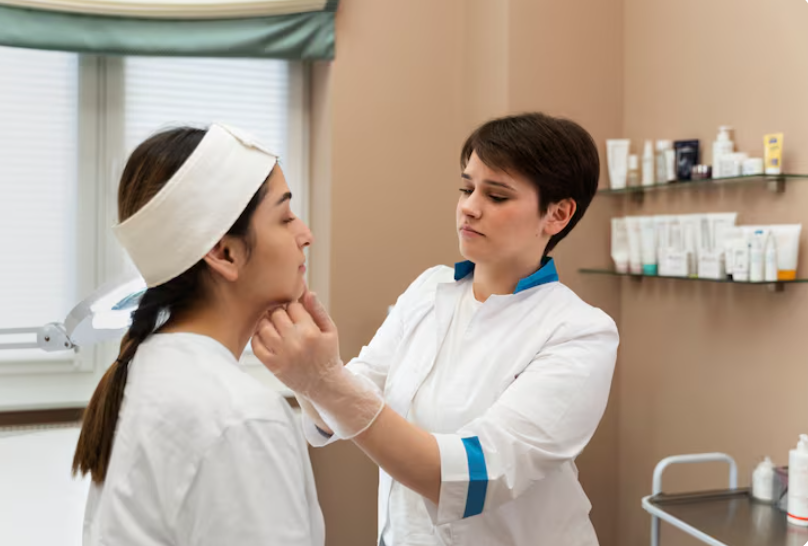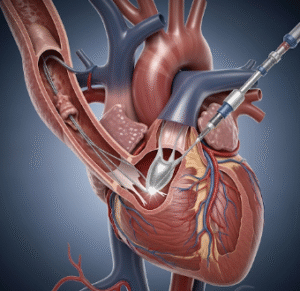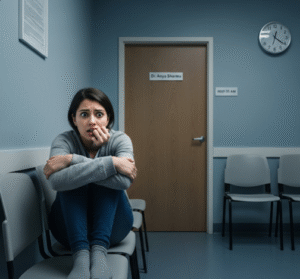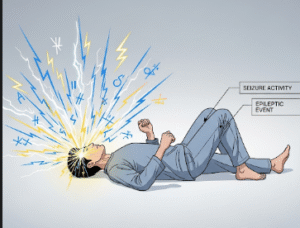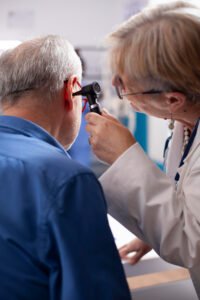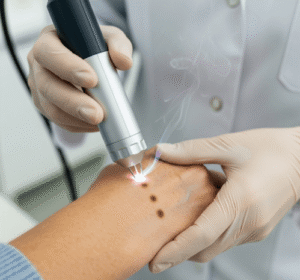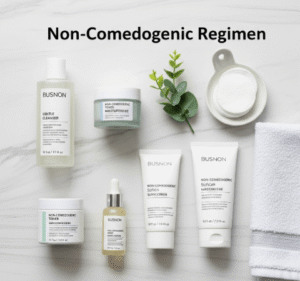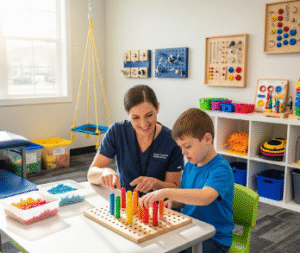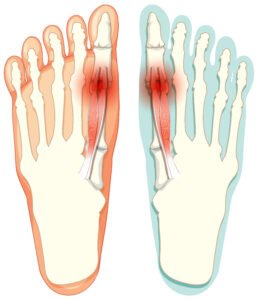What It Is
Ear Cartilage Rhinoplasty is a surgical procedure in which cartilage is harvested from the patient’s ear (auricular cartilage) and used to reshape or augment the nose. This technique is ideal for patients needing tip support, minor dorsal augmentation, or reconstruction in cases where septal cartilage is insufficient. Ear cartilage is pliable yet durable, making it suitable for precise tip refinements.
Why It’s Done
Patients choose ear cartilage rhinoplasty to:
- Correct weak, drooping, or under-projected nasal tips
- Enhance nasal aesthetics with subtle augmentations
- Repair deformities after trauma or previous rhinoplasty
- Avoid harvesting rib cartilage, which is more invasive
It provides natural-looking results with less donor site morbidity compared to rib cartilage.
Alternatives
Other treatment options include:
- Septal cartilage grafts for minor augmentations
- Synthetic implants for patients unsuitable for cartilage harvest
- Non-surgical fillers for temporary tip or dorsum augmentation
Preparation
Preparation steps include:
- Consultation with a Korean plastic surgeon to evaluate nasal and ear cartilage availability
- Preoperative lab tests and imaging
- Avoiding smoking, alcohol, and blood-thinning medications
- Fasting if general anesthesia will be used
How It’s Done
The procedure is typically performed under local anesthesia with sedation or general anesthesia. A small incision is made behind the ear to harvest the required cartilage. The cartilage is then sculpted and implanted into the nose to provide support or shape correction. The surgery generally takes 1–2 hours and is often performed on an outpatient basis.
Recovery
Recovery involves:
- Managing mild pain and swelling at both the nasal and ear sites
- Avoiding pressure or trauma to the nose and ears
- Using splints or internal supports for several days
- Following up with the surgeon to monitor healing and ensure proper tip projection
Normal activities can usually be resumed within 1–2 weeks, while full recovery may take a few months.
Possible Complications
Potential complications include:
- Donor site scarring or discomfort
- Graft visibility, asymmetry, or warping
- Infection or poor integration of the cartilage
- Unsatisfactory aesthetic results
Careful planning and surgery by an experienced Korean rhinoplasty specialist minimize risks.
Treatment Options in Korea
Diagnosis
Korean surgeons perform detailed examinations, 3D imaging, and functional assessments to plan the graft and ensure both aesthetic and airway considerations are addressed.
Medical Treatments
Temporary fillers may be used to assess nasal shape or for minor augmentations but cannot provide long-term structural support.
Surgical or Advanced Therapies
Advanced Korean techniques allow precise harvesting of auricular cartilage, delicate sculpting, and minimally invasive placement to achieve natural, long-lasting results.
Rehabilitation and Support
Patients receive detailed postoperative care instructions, pain and swelling management, follow-up consultations, and access to international patient support programs.
Advantages of receiving treatment in Korea: high-level surgical expertise, advanced imaging and planning, precise technique, minimal donor site morbidity, excellent aesthetic outcomes, and cost-effective care for international patients.

